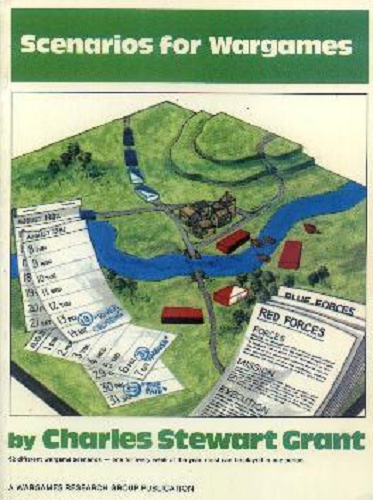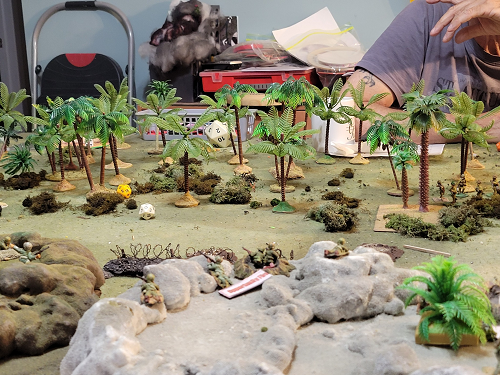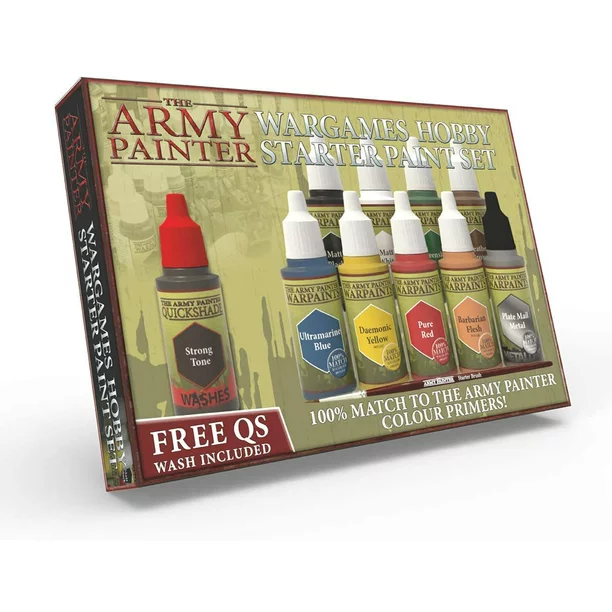The Indian Mutiny – A Gamer’s Perspective By Steven Lawrence
Republished with the permission of Publisher and Owner of MWAN Mr. Don Perrin.
This terrific article by Steven Lawrence appeared in issue 117
The Indian or Great Mutiny occurred in 1857, and consumed most of northern India, including the provinces of Oudh and Bengal. This conflict between the Victorian attitudes of the European British East India Company and Her Majesty’s Imperial Army,
and the religious zeal and ferocity of “Hindoo” or “Musselman” mutineers and their supporters must go down as one of the most glorious, hard-fought, and savagely brutal of the Victorian Era. The Great Mutiny began in a bewildering fashion with no apparent leaders or concerted action, yet it occurred in a manner that seemingly couldn’t have happened without it.
The main causes seem to have been the growing attitude of East India Company officials and officers to treat the Indians as less than human (this was not the case originally) or as children who will never grow up to full adulthood, and the belief among the native soldiers and civilians that the British were out to destroy the caste of the Hindoo and make the Musselman unclean so they would have to become Christians.
There were enough incidents to have given that impression to the men, yet there does not appear to have been a deliberate policy in favor of either. The British officers commanding the native regiments added to the tragedy, holding the silly belief that some other poor fellow’s men might mutiny, but never would my children do such a thing. They did! With terrifying results.
Great battles, sieges, and marches abound, along with acts of tremendous bravery and incredible ferocity and barbarity. The two opposing sides fought with unbelievable savagery; no quarter being offered or given in most cases, especially after the British retook Cawnpore. The Indian Mutiny period offers excellent gaming possibilities to any wargamers of the Victorian Colonial Era. The personalities and actions are varied from a small skirmish level to the siege of Delhi, which requires some 60 to 70,000 mutineers and up to 5,000 British and Company troops. In this article, I will present an overview of this Great Mutiny and the uniforms, weapons, tactics, strategy (if there was any), and the soldiers involved (both sides – officers and men in the ranks) in an effort to explain why the period of the Great Mutiny in particular should not be overlooked by any wargamer, especially those interested in Victorian Colonial Wargames.
Drawing Up Sides; or Whom Shall I Champion Here?
Her Majesty’s Imperial Forces
The British army in India was tiny at the time of the Great Mutiny, amounting to less than 5% of the total soldiery in India. Their normal establishment was low due to the Crimean War, and this was also the cause of the low number of men per battalion and the correspondingly high number of recruits in their ranks.
There were battalions of line and light infantry, Highlanders, The King’s Royal Rifle Corps (60th), plus engineer and artillery detachments. The white troops did not acclimatize well in the tremendous heat of the high plains where the major actions of the Great Mutiny were to take place. Here the heat could and did exceed 120 degrees Fahrenheit in the shade. The infantrymen often suffered severe burns just handling their weapons in the severe heat.
Cavalry types included dragoon guards, light dragoons, hussars, and lancers. The Cape horses from South Africa, used by much of the cavalry and artillery did not do well here. The cavalry seldom had much staying power unless mounted on native horses.
The artillery, though well served, was frequently outgunned and outnumbered by the equally well served mutineer artillery. The true plus of the Imperial troops was their firmly established corps of commissioned and non-commissioned officers, which the mutineers did not have to command their forces.
“John Company” (Her Majesty’s East India Company)
The forces of the East India Company (EIC) were the predominant forces in the Great Mutiny. They were vast and varied; from sillidar horse to native sepoy and European volunteer. Cavalry consisted of three basic types:
1) Governor-General’s Bodyguards; well trained sillidar light horse. There were three of these units Bengal, Bombay, and Madras. None of these units mutinied.
2) Light cavalry; well trained silhadars primarily raised in the provinces of Bengal and Oudh. They were dressed in European styles and almost all of these units mutinied.
3) Irregular light horse; sowar units, usually of good quality. They were predominantly. armed as lancers. Several of these units mutinied and several more were disbanded, but the remainder served in the EIC forces. Skinner’s Horse was originally a unit of this type.
The infantry of the EIC Army was also divided into three types:
1) European volunteers; not unlike the French Foreign Legion, made up of adventurers, deserters, and men trying to forget or cover up a disagreeable past. These units covered themselves in glory during the Great Mutiny.
2) Sepoy infantry; units of native Indians divided into units of either the Hindoo or Musselman. The units consisted of eight line companies and usually one rifle company. Most of these units mutinied or were disbanded, although many individual sepoys remained loyal. All these units’ officers and upper level NCOs were white.
3) Irregular infantry; units of questionable value even at the best of times. Most of these collections of frontier tribesmen and vagrants disbanded of their own accord with some men joining the mutineers.
The Native Artillery was excellent, well served, and competent. They had white officers and NCOs and native gunners. Most of the gunners in the Bengal Artillery went over to the mutineers, but the whites manned the guns for the British Army.
The Mutineers and Others
The army of the Great Mutiny consisted of native troops who had mutinied against John Company. These were regular troops with good training, and were very competent in action. They had one major problem; none of them had ever held command over much more than a platoon, and even these few men never had the opportunity for independent command, instead serving under European officers and senior NCOs.
The mutineers were aided by three groups of other natives (Isn’t it strange how things seem to break down into threes?):
1) Native princes’ armies; these were seldom of great value, though some were European trained. These units were often small and reluctant to follow any orders but those of their liege lord.
2) Budmashes (or Badmashes); local villagers who were commonly thieves, brigands, or self-styled toughs. These men were of limited value and were totally unable to stand in the line of battle. They were primarily useful in slaughtering helpless women, children, and injured or old men. For some strange reason, a large number of butchers seem to have joined the Budmashes.
3) Goojurs (or Gujars); highwaymen of India. These brigands often joined in for the expected plunder. They were also unruly and given to atrocities, but normally gave a better performance than the Budmashes. (Ali Baba and his 40 thieves were Goojurs.)
Mutineer artillery was numerous and well served, but they often reverted to the Indian preference for huge guns, thereby often forfeiting speed of loading for size of shot. This usually proved disastrous. The mutineer artillery was also slow when it was limbered due to their almost exclusive use of oxen and elephants for motive power.



